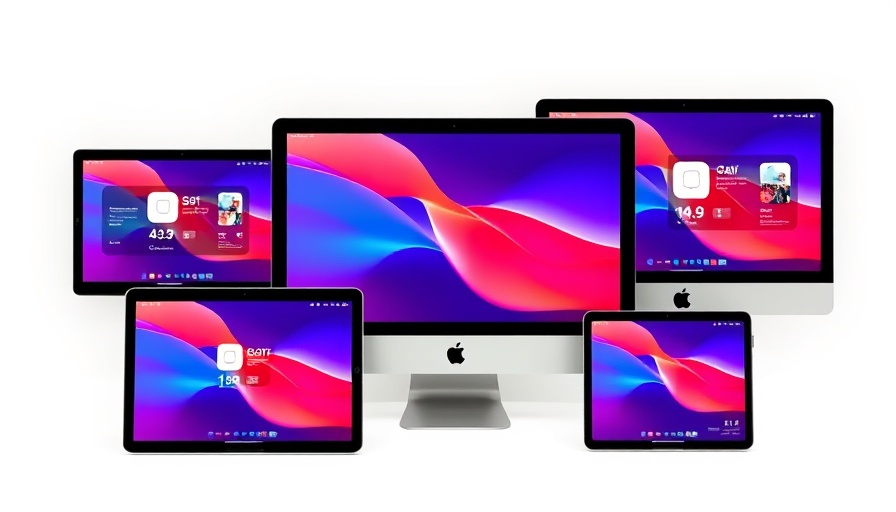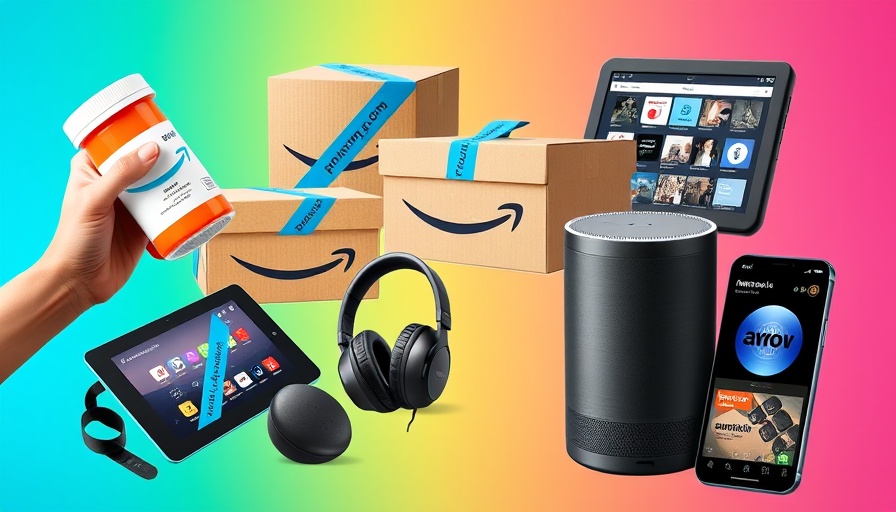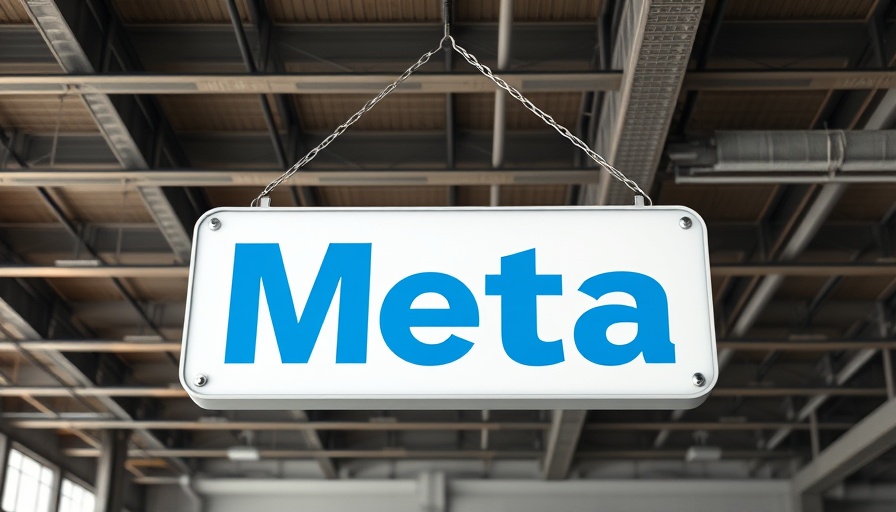
Apple’s Liquid Glass Update: A Design Revolution?
At the recent Worldwide Developers Conference (WWDC) 2025, Apple introduced its much-anticipated overhaul of iOS 26, dubbed ‘Liquid Glass.’ This long-awaited update is the first significant shift in Apple’s user interface in a decade, offering a striking new aesthetic characterized by translucent, glass-like interfaces across Apple’s product lineup. It’s a fresh take that integrates visual elegance with advanced technology, but early reactions from developers indicate a potential pitfall: readability.
Designers Weigh In: The Beauty vs. Usability Debate
While many designers appreciate the stunning visual appeal of Liquid Glass, concerns regarding user experience persist. Allan Yu, a product designer working on the workplace messaging app Output, remarked, “It's hard to read some of it,” mainly due to excessive transparency. This criticism echoes sentiments from others who fear the aesthetic could overshadow functionality. As Josh Puckett, co-founder of Iteration, pointed out, early iterations resemble the challenging readability encountered in the first beta version of iOS 7. Yu suggests enhancements such as increased blurring or background adjustments to maintain usability without sacrificing the attractiveness of the user interface.
Adapting to Users' Needs: Can Apple Keep Up?
Focus on accessibility remains crucial as Apple evolves its design language. Puckett expressed cautious optimism, citing Apple’s historical commitment to improving accessibility features. Designers expect that as Apple collects user feedback and usage data, it will make necessary adjustments to enhance readability, particularly for those with visual impairments. Meanwhile, others, like Serhii Popov from MacPaw, view the changes as refreshing, noting that the design could create a more spacious feel that enhances comfort during interaction—especially on larger devices like iPads.
Balancing Aesthetics and Functionality: A Potential Pitfall?
The beauty of a design should not compromise its utility. Adam Whitcroft, a designer at Owner.com, emphasizes this sentiment. He admires the technical achievement of mimicking light dispersion and refraction but expresses concern that a distracting interface could detract from user engagement. This belief is shared among many in the design community, highlighting an ongoing challenge: how to harmonize a visually innovative design with an intuitive experience.
Looking Ahead: Predictions for Apple’s Software Evolution
As Apple integrates Liquid Glass into its operating system, industry professionals are watching closely. Will Apple prioritize adjustments that improve visibility and usability? Or will the allure of the new aesthetic lead to a neglect of the practical concerns raised by designers? The upcoming public beta will serve as a critical moment for Apple, as user feedback will likely shape the final iterations of the interface, making it a case study in design evolution and user-centered focus.
Conclusion: Why the Future of UI Design Matters
The transition to Liquid Glass represents not just a shift in Apple’s approach but also a significant moment in the evolution of user interfaces. As developers and designers navigate this landscape, both aesthetic and functional priorities must be balanced. Engaging with feedback and investigating real-world usability is essential to ensure that this beautiful design doesn’t become a barrier for its users. Keep an eye on the developments, as the complete rollout of Liquid Glass will reveal how Apple addresses these crucial design challenges.
 Add Row
Add Row  Add
Add 




 Add Row
Add Row  Add
Add 

Write A Comment